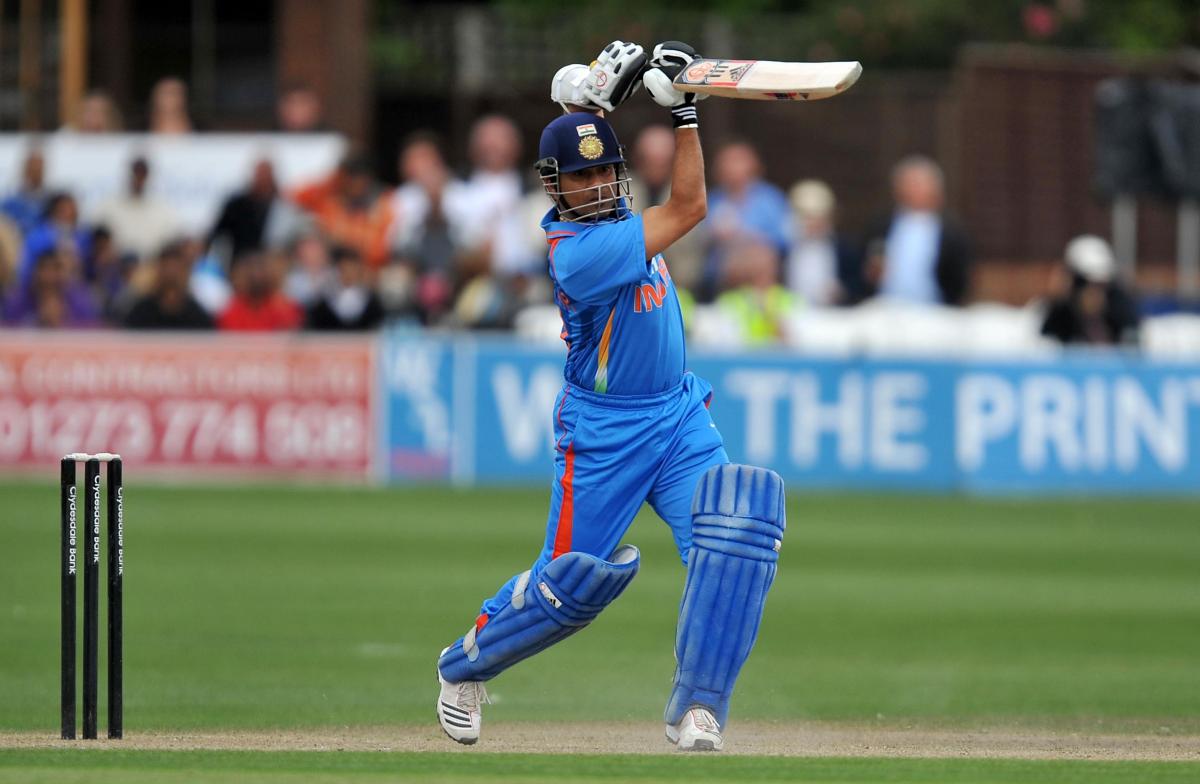
In this article, we shall take a look at how cricket became national reliogion in India and how certain individuals attained cult status in the sport.

Cricket has long transformed from a British sport to become an integral part of India’s heritage. The sport has evolved both technologically and identically, a couple of generations of heroes has come and gone, and now we’re witnessing a perfectly balanced spectacle for both unexpecting fans and seasoned bettors. The latter are already exploring all the possibilities that are available to them using the 4rabet apk and are described in the review at the link by the Telecom Asia Sport. In this article, we shall take a look at how cricket became national reliogion in India and how certain individuals attained cult status in the sport.
The turning point for every cricket fan in India and for the sports as a whole is Cricket World Cup 1983, when Kapil Dev’s leadership made the unthinkable a reality.
His success symbolized the possibility of social mobility through sport. He showed that talent and hard work could overcome social barriers.
The 1983 victory coincided with a period of growing nationalism in India. Cricket became a means of expressing national pride and unity across an otherwise diverse and often divided country.
With a career that spanned 24 years and a trophy cabinet that is hard to surpass, Sachin Tendulkar was the man that the whole country stopped to watch on tv every time he entered the field.
His career became a mirror for modern India – a country in transition that went from being a thoughtful participant on the world stage to a confident player. Tendulkar became a symbol of the new, confident middle class. He was the kind of player who could bring a nation to its knees of excitement or lift it to soaring triumphs with a single swing of the bat.
Then M.S. Dhoni enters the stage. Here’s a guy who doesn’t fit into the traditional cricket star formula. He hailed from Ranchi, a town hardly known for producing international cricket stars. But that didn’t stop him. Dhoni showed that cricket was no longer just a sport for the elite or those from the metropolises. He became the hero of the common man, a guy with a dream job – and hairstyles that could make any Bollywood star envious.
If Tendulkar was cricket’s answer to a rock star, then M.S. Dhoni is a cool jazz musician, a type of a leader that India needed in the T20 World Cup and the 2011 ODI World Cup. His calm and relaxed attitude on the field made even the most stressed Indian office workers consider meditation and yoga. Dhoni became an icon of a new generation that saw opportunities where before there were only limitations.
Cricket’s influence extends far beyond the sport itself. It has been a mirror of social change in India:
Caste system: the successes of lower caste players have challenged traditional social hierarchies.
Regionalism: national cricket teams have united fans across linguistic and geographical boundaries.
Gender norms: the rise of women’s cricket has challenged traditional gender roles.
Cricket has played a pivotal role in India’s media revolution. The launch of cable television and later streaming services was often driven by the demand for cricket content.
The IPL (Indian Premier League) has taken this to a new level. It has blended cricket with entertainment, creating a platform where sport meets Bollywood glamour.
New cricketing icons continue to shape Indian identity with players like Yashasvi Jaiswal representing an aggressive, confident Indian youth ready to conquer the world.
The sport has given hope to millions, created national heroes, and sometimes caused collective heartbreak.
In India, cricket is not just cricket. It is a love affair, an obsession, and sometimes a source of national ecstasy or despair. That is, in short, life itself – only with several breaks for tea and commercials.